RUBÉN PACHAS SALDARRIAGA | THE FOLKLORIST. Art instructor brings Peruvian music and dance to Chicago
Rubén Pachas Saldarriaga, 47, is the son of a Black father and an Andean mother. He was born in Peru and moved to the United States in 2004. Both a teacher and a performer, Pachas says everything he does is an effort to educate people about the art of Peru. He currently lives in Schaumburg.
What inspired you to take in all these different parts of culture and teach them?
I was learning traditions from my parents. From my mom the dance, because my mom is from Piura in northern Peru. My father is from Chincha, south of Lima, Peru. They met in Lima, and they got married. I was very happy practicing their knowledge. When I was 16, I traveled to Arequipa, a big festival. Over there, I was meeting with people from Ucayali in the Amazon jungle. Very respectful people, very nice people. They invited me to go to their town. I was learning many important lessons related to nature and I was thinking, ‘Why don’t we know this?’
They said maybe because in Lima, you don’t have much nature, you have buildings, houses. Here we have to live next to the Amazon River. This [subject] is different than history and math and English, but nobody teaches me this very important knowledge.
When I studied to be an art teacher, I was looking for more information to give my students. [Once] I was presenting a tradition from the Pucallpa region called Fiesta de San Juan. [In this celebration] 200 students danced and presented in different aspects: when a baby is born, the construction of a house, building a bridge, preparing a drink called Masato, which is a beverage made of fermented cassava juice.
The teachers were very surprised and said, ‘What? Where did you learn this?’ I learned about the town, and I was observing the traditions many times because I attended this celebration for five years. My friends were learning every time I went. I was very happy pass along this knowledge through arts. I was thinking [about] kids like me when I was at that age. I wished somebody had taught me that.
How would you describe your work as a dance instructor?
Yes, I’m a dance Instructor, but I can teach instruments also. I share the indigenous knowledge from Peru because I was promoting indigenous Peruvian culture as I was learning it. As a dancer, I learned how people celebrate these traditions. But I didn’t learn dance only, I had to learn the social context. [When I first started] people invited me to learn how to play instruments such as the quena, zampoña, cajón, and I was very open to learning everything. After that, people taught me the iconography, the customs, traditional attire, and how they are related to nature, to the cosmos, the sun, the moon, so many things. I visited different indigenous towns and went back to Lima. I was teaching all this new knowledge in my school.
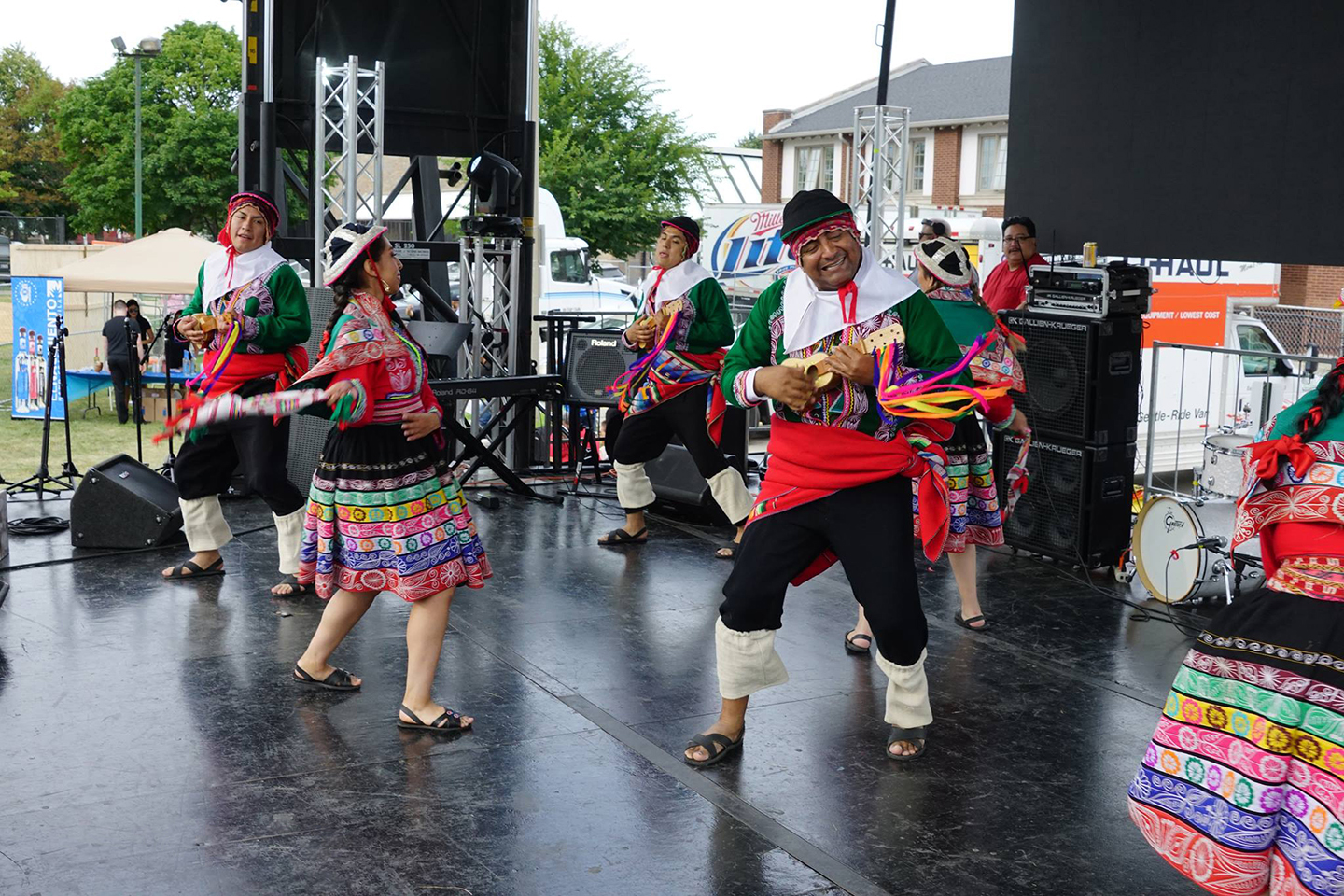
You completed your master’s degree in art education and wrote your thesis. Can you tell me about that?
When I arrived in the United States, I didn’t speak any English. When I received the offer to work here in 2004, it was only for two hours of teaching in the Chicago Public Schools and, no money for food, right? But I was very happy to receive the honor to work there.
My dream was to have my master’s degree because I already had my bachelor’s. I went to UIC and in 2008 I was ready to study. But I was asked if I knew English and I replied that I knew a little. I was told that I had to speak English to enter the program, but I didn’t study because when I was teaching in the Chicago Public Schools, I had my interpreter in case somebody didn’t speak Spanish.
I was seeing many people graduating, and I was thinking if they can do it, I want to do it because it was my dream. In 2017 I decided to get my master’s, but I didn’t know where and my English teacher recommended the School of the Art Institute of Chicago. He said the school is huge around the world—not only in the United States.
When I started studying, I was working full time. I also studied full time—it was really hard. I became sick because I was working and studying full time. My doctor said no, no, no, you have to study part time and work full time.
I was looking inside myself and asking, ‘Am I an artist or am I an educator?’ And I found that I love to teach through arts, I can be in a classroom, can be in a performance, can be in a speech.
I did my thesis in English, with help, of course. And I did my thesis in Spanish also because my teacher recommended it. When I graduated, we were online only because of the pandemic. Finally, there was a big ceremony with maybe 2,000 students from 2020, 2021 and 2022. I was wearing handmade Inca attire.
“I was very happy to communicate this kind of knowledge through arts. I was thinking, kids like me when I was at that age. I wished somebody had taught me that.“
You are the co-founder of the Center of Peruvian Arts. How did that get started?
My wife, Jessica Loyaga, came to the U.S. also in 2004. We started dancing because we received many invitations. We were working with different organizations promoting art.
We worked at National Louis University for 10 years. We created a program with 120 students on stage for 12 weeks. We worked with students in kindergarten to eighth grade. We also taught in Pilsen, and we didn’t speak English. We performed in many universities, teaching about dance, music, iconography, history and Latin American Studies.
But many people were telling me it was time to open my own organization. I said, ‘What is a nonprofit organization?’ I had one student who was dancing with me since he was in high school. He went to Loyola University and studied business. He said he could help with my organization.
I also received support from the Business Department at Loyola University. They were asking me many times, what is the mission? I was telling them, ‘I’m going to teach dance, I’m going to teach music and share indigenous knowledge.’
We started the organization in 2018 and finished all the documentation in 2020. I called it the Center of Peruvian Arts because I was doing music, dance, drama, paint and visual arts.
Now we are working very hard and learning how to apply for grants. It’s not easy, right? I hope that in one year we can get our own space. I will be promoting Peruvian culture, trying to show students and teach them how to play instruments and dance.

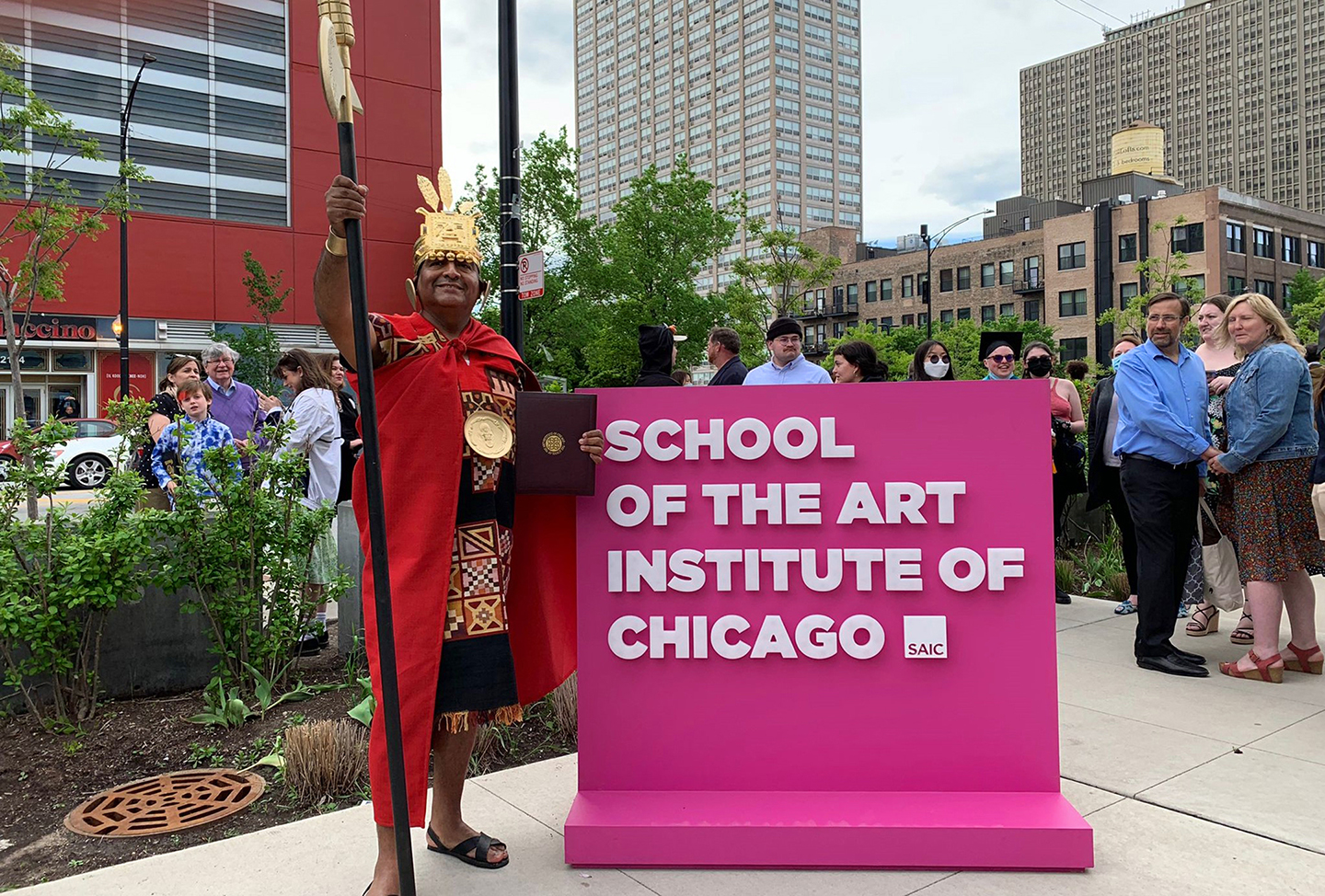

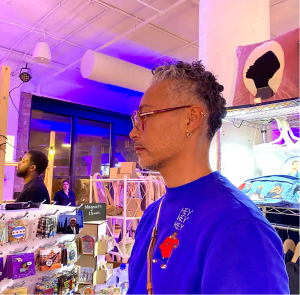
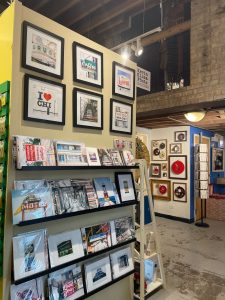
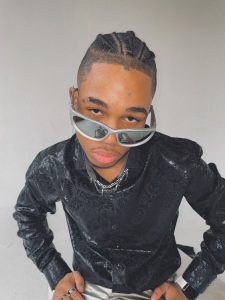
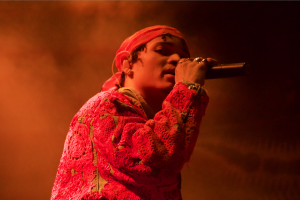
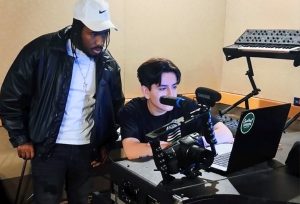
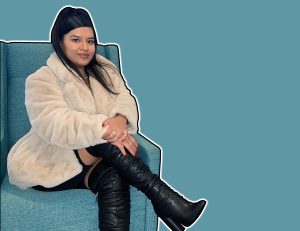
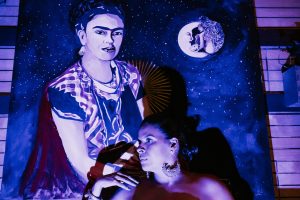
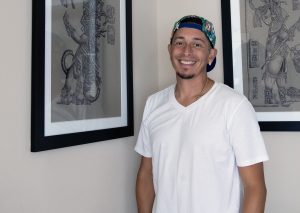
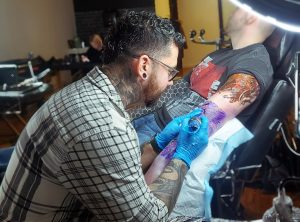
Be First to Comment